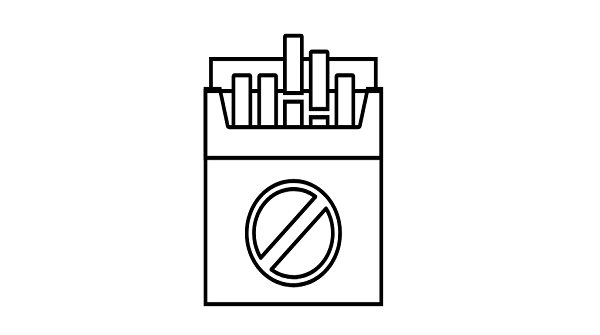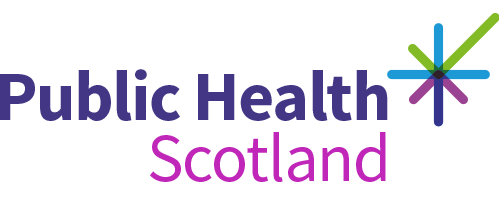Smoking: Is it really a ‘free choice’?
- Dr Ross Whitehead, Public Health Intelligence Adviser
- 13 March 2019
- Smoking
Thanks to combined efforts of the public, third and academic sectors over the past 70 years, the risks of tobacco use are well understood. Yet smoking remains one of the largest contributors to preventable illness in Scotland, causing 16% of all deaths. An enduring argument against action to reduce harm from tobacco is one involving civil liberties. It is claimed that public health practices unjustifiably interfere in people’s lives, and that adults in a free society, knowing the risks, should decide for themselves whether or not they smoke.
Invest in understanding
In the public health community we typically respond to these accusations by pressing on, firm in the belief that we are doing the right thing by working to improve health and reduce inequalities. However, it isn’t enough to simply state or believe that we are right in these circumstances. We must invest in understanding, rather than dismissing or ignoring contrasting points of view to better demonstrate the rationale and benefit of public health endeavours.

It is easy to see why smoking is characterised as a voluntary decision or ‘lifestyle choice’. You decide to go to a shop, decide to buy some cigarettes, decide to set one on fire then decide to stick it in your mouth. However, with deeper scrutiny, the claim that smoking is entirely autonomous becomes more flimsy. If it were truly a free choice we should expect smoking status to be distributed randomly throughout the population. Actually, this is the exact opposite of what we see with tobacco use. Year after year we observe strong patterning of smoking rates by socioeconomic status. Those living in our poorest areas are considerably more likely to smoke than those in our wealthiest areas – and they experience more harm from it.
Not exactly a free choice
Instead of being a recurring coincidence, this pattern highlights how our environment influences tobacco use. Recent research highlights that tobacco outlet density in Scotland’s poorest areas is almost double that in wealthier areas. Beyond directly influencing access and supply, this also maintains awareness of smoking through exposure to tobacco gantries, and risks local cost competition which lowers prices (which itself is a strong determinant of tobacco use). The addictiveness of nicotine also means it isn’t exactly a free choice for those that are hooked - 70% of smokers in Scotland want to quit, but again our environment doesn’t help us. The nearer we live to a tobacco outlet, the less likely a quit attempt is to succeed and studies show that nicotine cravings tend to peak when smokers pass a tobacco retailer.
Short-term escapism trumps health
It isn’t just the built environment that influences smoking. Seeing others around us smoke has a powerful influence on our perception of whether smoking is acceptable, desirable or expected. Personal economic circumstances also matter, influencing the value placed on immediate gratification versus longer-term benefits. In the case of smoking, the short-term escape from everyday stresses associated with poverty trumps longer-term outcomes like our health. This isn’t something we consciously decide to do, rather we are hardwired to adjust our behaviour to our environment in this way. The amount of money we have can also influence our ability to take advantage of smoking cessation support. For example, those in poorer areas may have less time and fewer resources to identify and attend smoking cessation programmes.

Given that our environment and circumstances influence smoking in these ways, we must question whether it truly represents a free choice. As public health professionals, our aim is to create a healthier and more equal society. We can achieve this by identifying and addressing the factors that make it disproportionately more likely for some people to start smoking, and by making it equally easy for different population groups to quit. Beyond our professional duty, this is also the moral thing to do; it’s not right that the likelihood of us being harmed by tobacco is so heavily linked to where and to whom we are born, how we are raised and where we live. We can change this, and we should.
Credit for the cigarette pack image used in this blog is: Cigarettes by Tang Ge from the Noun project.
To subscribe to our blog, email the Communications and Engagement Team.


Comments
Karen Mailer
22 March 2019 11:54
Thanks for sharing this Ross, found it very interesting indeed.
Debbie Sigerson
13 March 2019 12:02
I promoted the blog at a 'We need to talk about smoking and poverty' event yesterday (launching research funded by the Cancer Research UK, and led by the Poverty Alliance and Ash Scotland). All there keen to learn more and work more collaboratively